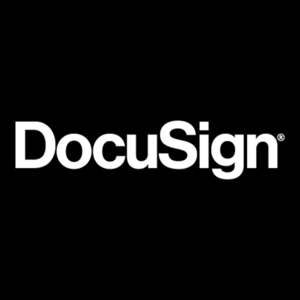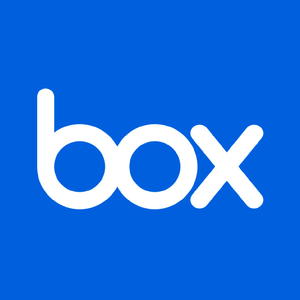
Dropbox (DBX)
We wouldn’t recommend Dropbox. Its revenue growth has been weak and its profitability has caved, showing it’s struggling to adapt.― StockStory Analyst Team
1. News
2. Summary
Why We Think Dropbox Will Underperform
Originally named after the founders' tendency to "drop" files into a shared folder, Dropbox (NASDAQ:DBX) provides a content collaboration platform that helps individuals and teams store, organize, share, and work on files from anywhere.
- Annual revenue growth of 1.3% over the last two years was well below our standards for the software sector
- Customers were hesitant to make long-term commitments to its software as its ARR stagnated over the last year
- Projected sales decline of 1.3% for the next 12 months points to a tough demand environment ahead


Dropbox falls short of our expectations. We’d search for superior opportunities elsewhere.
Why There Are Better Opportunities Than Dropbox
High Quality
Investable
Underperform
Why There Are Better Opportunities Than Dropbox
Dropbox’s stock price of $29.90 implies a valuation ratio of 3.2x forward price-to-sales. Dropbox’s valuation may seem like a great deal, but we think there are valid reasons why it’s so cheap.
Cheap stocks can look like a great deal at first glance, but they can be value traps. They often have less earnings power, meaning there is more reliance on a re-rating to generate good returns - an unlikely scenario for low-quality companies.
3. Dropbox (DBX) Research Report: Q3 CY2025 Update
Cloud storage company Dropbox (NASDAQ:DBX) reported Q3 CY2025 results topping the market’s revenue expectations, but sales were flat year on year at $634.4 million. Its non-GAAP profit of $0.74 per share was 14.1% above analysts’ consensus estimates.
Dropbox (DBX) Q3 CY2025 Highlights:
- Revenue: $634.4 million vs analyst estimates of $624.1 million (flat year on year, 1.7% beat)
- Adjusted EPS: $0.74 vs analyst estimates of $0.65 (14.1% beat)
- Adjusted Operating Income: $261 million vs analyst estimates of $231.7 million (41.1% margin, 12.6% beat)
- Operating Margin: 27.5%, up from 20% in the same quarter last year
- Free Cash Flow Margin: 46.3%, up from 41.3% in the previous quarter
- Customers: 18.07 million, down from 18.13 million in the previous quarter
- Annual Recurring Revenue: $2.54 billion vs analyst estimates of $2.52 billion (1.7% year-on-year decline, 0.5% beat)
- Billings: $632.1 million at quarter end, in line with the same quarter last year
- Market Capitalization: $7.86 billion
Company Overview
Originally named after the founders' tendency to "drop" files into a shared folder, Dropbox (NASDAQ:DBX) provides a content collaboration platform that helps individuals and teams store, organize, share, and work on files from anywhere.
The company's platform serves as a unified digital workspace where users can create, access, share, and collaborate on content across devices and operating systems. Dropbox offers a range of tools beyond simple file storage, including document scanning, file version history, password management, and secure file transfer capabilities. For businesses, it provides advanced features like administrative controls, audit logs, and team management tools.
Dropbox monetizes through tiered subscription plans. Its Basic plan is free, while Personal and Business plans offer premium features at various price points. Over 90% of Dropbox's revenue comes from self-serve channels where users purchase subscriptions directly through its app or website.
The platform integrates with popular productivity applications including Microsoft Office, Zoom, Slack, and Google Workspace, allowing users to seamlessly incorporate Dropbox into their existing workflows. Through acquisitions, Dropbox has expanded its capabilities to include electronic signatures (Dropbox Sign), secure document sharing with analytics (DocSend), visual communication tools (Capture), and document automation (FormSwift).
Security is a core focus, with features including 256-bit encryption for stored files, secure data transfer protocols, remote device wiping capabilities, and compliance with regulations like HIPAA. The platform's collaborative tools enable real-time commenting, annotations, file activity tracking, and notifications that keep team members connected without switching between different applications.
4. Document Management
The catch phrase "digital transformation" originally referred to the digitization of documents within enterprises. The growth of digital documents has spurred an explosion of collaboration within and between businesses, which in turn is driving the demand for e-signature and content management platforms.
Dropbox competes with major tech companies in the cloud storage market, including Microsoft OneDrive, Google Drive, Apple iCloud, and Amazon Drive. In the content collaboration space, it faces competition from Microsoft SharePoint, Google Workspace, and Atlassian products. For enterprise deployments, Box (NYSE:BOX) is a direct competitor, while DocuSign (NASDAQ:DOCU) and Adobe (NASDAQ:ADBE) compete with Dropbox's e-signature offerings.
5. Revenue Growth
A company’s long-term performance is an indicator of its overall quality. Any business can put up a good quarter or two, but many enduring ones grow for years. Unfortunately, Dropbox’s 6.4% annualized revenue growth over the last five years was weak. This was below our standard for the software sector and is a tough starting point for our analysis.

We at StockStory place the most emphasis on long-term growth, but within software, a half-decade historical view may miss recent innovations or disruptive industry trends. Dropbox’s recent performance shows its demand has slowed as its annualized revenue growth of 1.3% over the last two years was below its five-year trend. 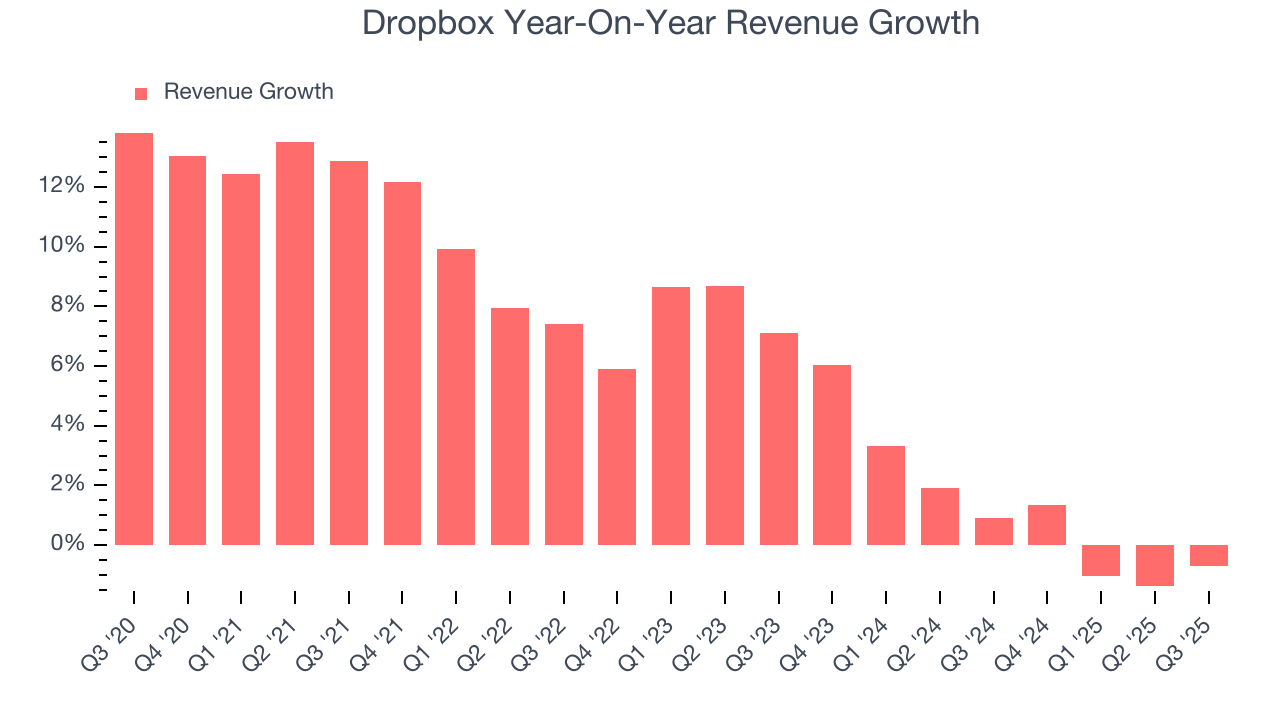
This quarter, Dropbox’s $634.4 million of revenue was flat year on year but beat Wall Street’s estimates by 1.7%.
Looking ahead, sell-side analysts expect revenue to decline by 1.9% over the next 12 months, a deceleration versus the last two years. This projection doesn't excite us and suggests its products and services will see some demand headwinds.
6. Annual Recurring Revenue
While reported revenue for a software company can include low-margin items like implementation fees, annual recurring revenue (ARR) is a sum of the next 12 months of contracted revenue purely from software subscriptions, or the high-margin, predictable revenue streams that make SaaS businesses so valuable.
Over the last year, Dropbox failed to grow its ARR, which came in at $2.54 billion in the latest quarter. This performance mirrored its total sales, showing the company faced challenges in winning long-term deals and renewals. It also suggests there may be increasing competition or market saturation. 
7. Customer Base
Dropbox reported 18.07 million customers at the end of the quarter, a sequential decrease of 60,000. That’s worse than what we’ve observed previously, suggesting the company’s sales momentum is slowing. However, we note that Dropbox actually increased its annualized recurring revenue (ARR) during the quarter, indicating that its new customers may have signed huge contracts, existing customers stepped up their spending, or some combination of both.
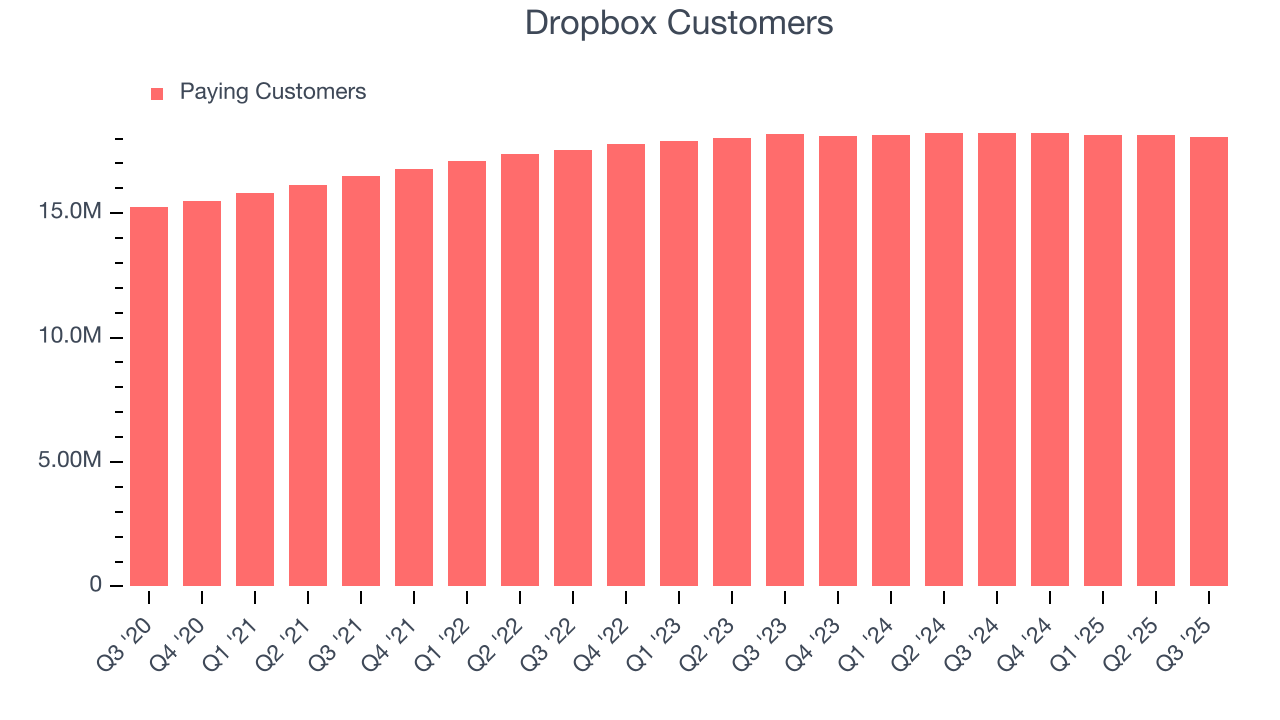
8. Customer Acquisition Efficiency
The customer acquisition cost (CAC) payback period measures the months a company needs to recoup the money spent on acquiring a new customer. This metric helps assess how quickly a business can break even on its sales and marketing investments.
It’s relatively expensive for Dropbox to acquire new customers as its CAC payback period checked in at 110.6 months this quarter. The company’s slow recovery of its sales and marketing expenses indicates it operates in a highly competitive market and must invest to stand out, even if the return on that investment is low.
9. Gross Margin & Pricing Power
For software companies like Dropbox, gross profit tells us how much money remains after paying for the base cost of products and services (typically servers, licenses, and certain personnel). These costs are usually low as a percentage of revenue, explaining why software is more lucrative than other sectors.
Dropbox’s robust unit economics are better than the broader software industry, an output of its asset-lite business model and pricing power. They also enable the company to fund large investments in new products and sales during periods of rapid growth to achieve higher profits in the future. As you can see below, it averaged an excellent 80.8% gross margin over the last year. Said differently, roughly $80.75 was left to spend on selling, marketing, and R&D for every $100 in revenue.
The market not only cares about gross margin levels but also how they change over time because expansion creates firepower for profitability and free cash generation. Dropbox has seen gross margins decline by 0.2 percentage points over the last 2 year, which is slightly worse than average for software.
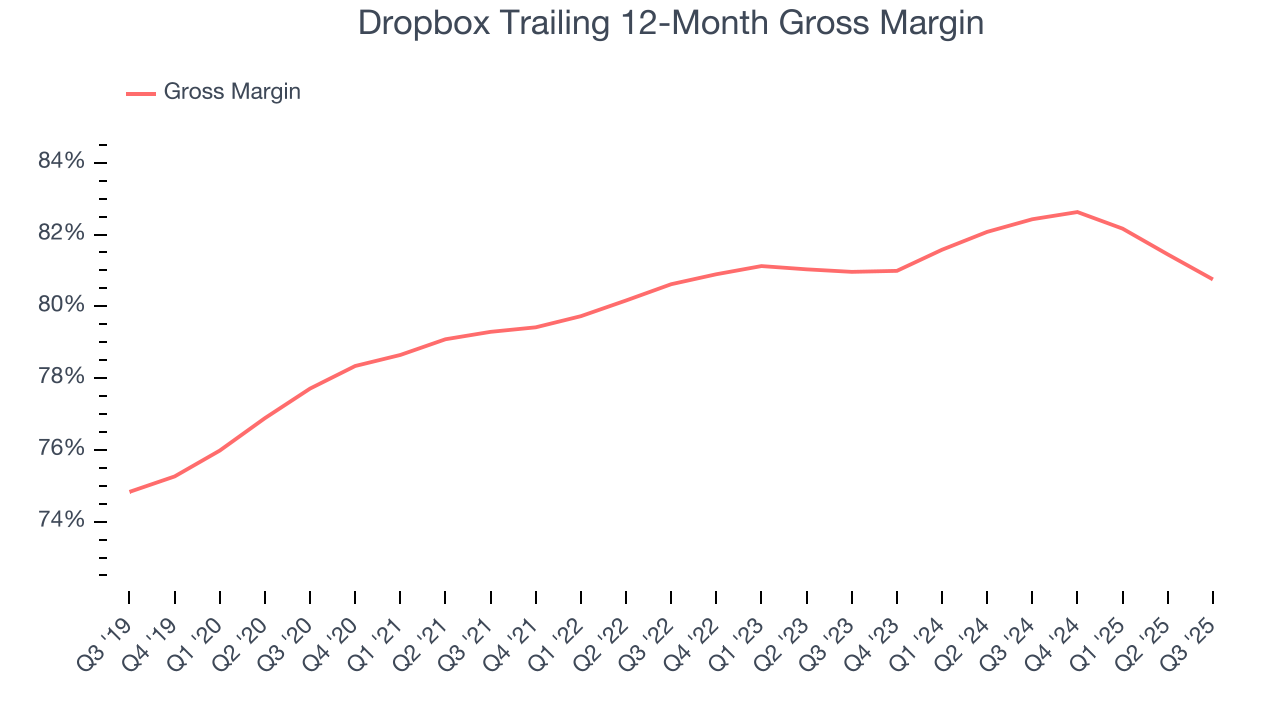
Dropbox produced a 79.8% gross profit margin in Q3, down 2.8 percentage points year on year. Dropbox’s full-year margin has also been trending down over the past 12 months, decreasing by 1.7 percentage points. If this move continues, it could suggest a more competitive environment with some pressure to lower prices and higher input costs.
10. Operating Margin
Many software businesses adjust their profits for stock-based compensation (SBC), but we prioritize GAAP operating margin because SBC is a real expense used to attract and retain engineering and sales talent. This is one of the best measures of profitability because it shows how much money a company takes home after developing, marketing, and selling its products.
Dropbox has been a well-oiled machine over the last year. It demonstrated elite profitability for a software business, boasting an average operating margin of 24.3%. This result isn’t surprising as its high gross margin gives it a favorable starting point.
Analyzing the trend in its profitability, Dropbox’s operating margin decreased by 1.9 percentage points over the last two years. This raises questions about the company’s expense base because its revenue growth should have given it leverage on its fixed costs, resulting in better economies of scale and profitability.
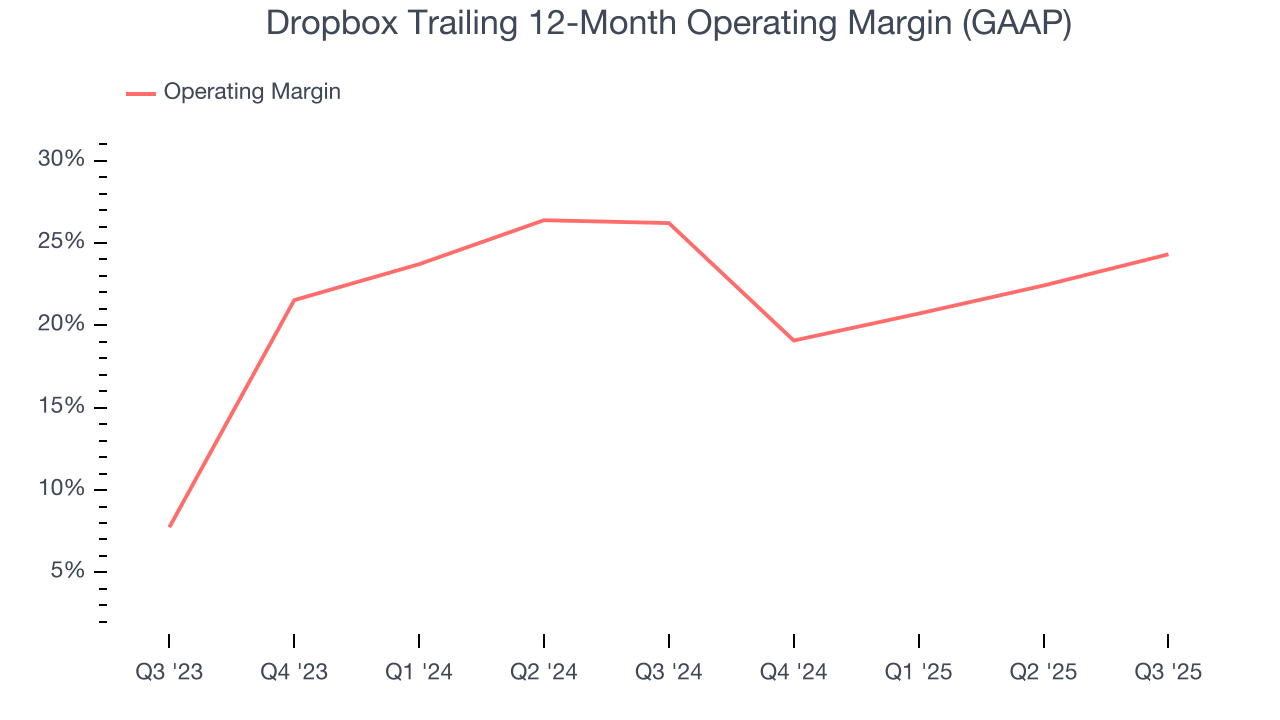
In Q3, Dropbox generated an operating margin profit margin of 27.5%, up 7.5 percentage points year on year. The increase was solid, and because its gross margin actually decreased, we can assume it was more efficient because its operating expenses like marketing, R&D, and administrative overhead grew slower than its revenue.
11. Cash Is King
Although earnings are undoubtedly valuable for assessing company performance, we believe cash is king because you can’t use accounting profits to pay the bills.
Dropbox has shown terrific cash profitability, driven by its lucrative business model that enables it to reinvest, return capital to investors, and stay ahead of the competition while maintaining an ample cushion. The company’s free cash flow margin was among the best in the software sector, averaging an eye-popping 36.2% over the last year.
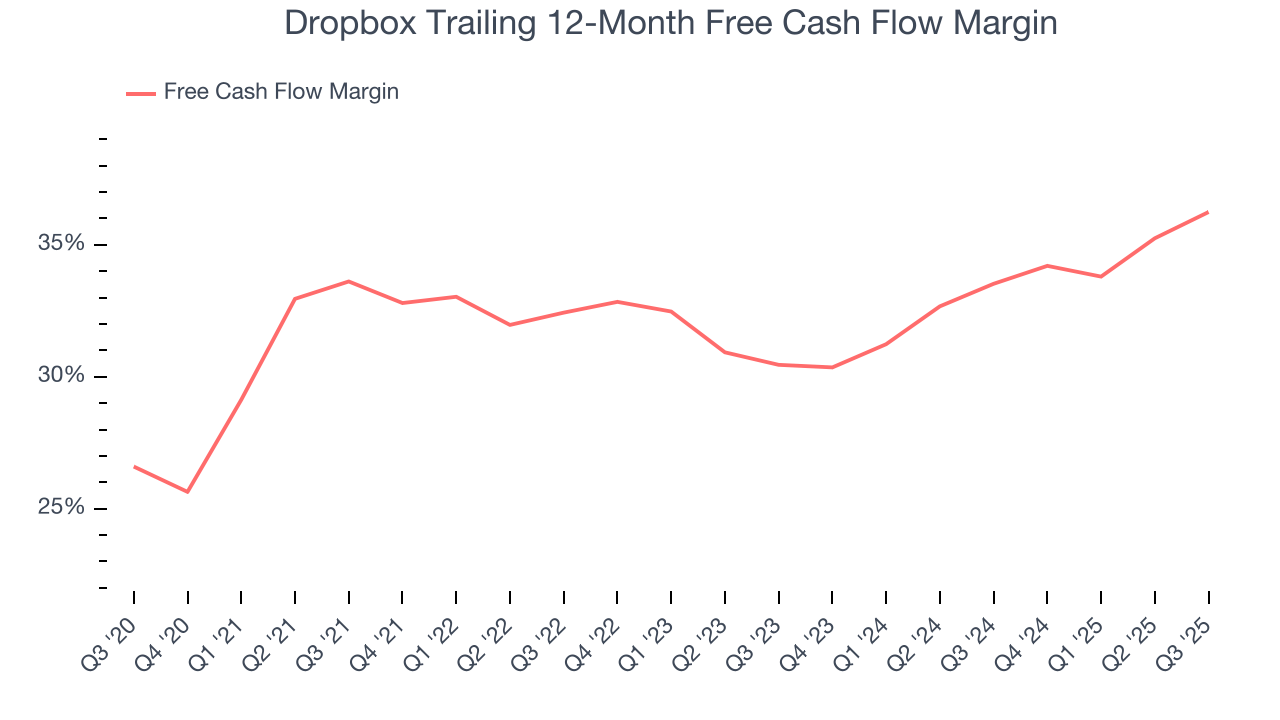
Dropbox’s free cash flow clocked in at $293.7 million in Q3, equivalent to a 46.3% margin. This result was good as its margin was 4 percentage points higher than in the same quarter last year, but we wouldn’t put too much weight on the short term because investment needs can be seasonal, causing temporary swings. Long-term trends trump fluctuations.
Over the next year, analysts’ consensus estimates show they’re expecting Dropbox’s free cash flow margin of 36.2% for the last 12 months to remain the same.
12. Balance Sheet Assessment
Dropbox reported $925.3 million of cash and $3.25 billion of debt on its balance sheet in the most recent quarter. As investors in high-quality companies, we primarily focus on two things: 1) that a company’s debt level isn’t too high and 2) that its interest payments are not excessively burdening the business.

With $1.17 billion of EBITDA over the last 12 months, we view Dropbox’s 2.0× net-debt-to-EBITDA ratio as safe. We also see its $55.4 million of annual interest expenses as appropriate. The company’s profits give it plenty of breathing room, allowing it to continue investing in growth initiatives.
13. Key Takeaways from Dropbox’s Q3 Results
It was good to see Dropbox narrowly top analysts’ billings expectations this quarter. We were also happy its revenue outperformed Wall Street’s estimates. On the other hand, its customer growth slowed. Overall, this quarter was still decent. The stock traded up 4.5% to $30 immediately after reporting.
14. Is Now The Time To Buy Dropbox?
Updated: December 4, 2025 at 9:22 PM EST
Before investing in or passing on Dropbox, we urge you to understand the company’s business quality (or lack thereof), valuation, and the latest quarterly results - in that order.
Dropbox falls short of our quality standards. To kick things off, its revenue growth was weak over the last five years, and analysts expect its demand to deteriorate over the next 12 months. And while its bountiful generation of free cash flow empowers it to invest in growth initiatives, the downside is its ARR has disappointed and shows the company is having difficulty retaining customers and their spending. On top of that, its declining operating margin shows it’s becoming less efficient at building and selling its software.
Dropbox’s price-to-sales ratio based on the next 12 months is 3.2x. While this valuation is fair, the upside isn’t great compared to the potential downside. There are better stocks to buy right now.
Wall Street analysts have a consensus one-year price target of $28.25 on the company (compared to the current share price of $29.77).






